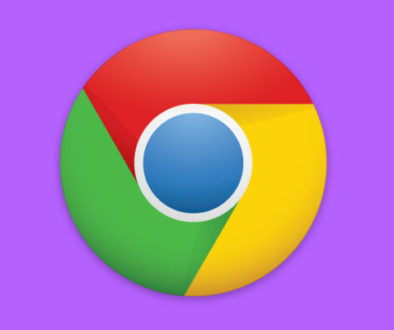5 Ways Your Business Stands to Benefit From Offering a Free Product or Service
At first, the idea of offering a product or service for free feels counterintuitive. After all, it costs money to run a business. Entrepreneurs need to generate revenue if they want to experience any type of lasting success. But I’m not suggesting you give away the cow at no […]
At first, the idea of offering a product or service for free feels counterintuitive. After all, it costs money to run a business. Entrepreneurs need to generate revenue if they want to experience any type of lasting success. But I'm not suggesting you give away the cow at no cost, as it were. Rather, that by strategically introducing giveaways or gratis add-ons, you can enjoy significant future growth, and in these five specific areas.
1. Growing your leads list
Free offers are a tried-and-true method of lead generation. Many B2B brands will provide ebooks or other materials in exchange for signing up for their newsletter. This serves as an easy way to collect email addresses that can be leveraged in future marketing campaigns. This type of giveaway is so widespread that Content Marketing Institute reports that 88 percent of B2B companies use content marketing for lead generation.
Of course, similar tactics can also prove effective when selling consumer products. Many brands use product giveaways that encourage people to follow them on social media or sign up for an email list to gain additional entries. The result is more potential buyers who will receive email and social media marketing, leading to future purchases.
2. Helping others understand what you have to offer
Free trials are a common tactic used by service providers. B2B software companies, video-streaming services and others will typically provide a limited period when users can test out their service for free. This can prove remarkably effective. Growth marketer Lincoln Murphy suggests benchmark conversion rates of 60 percent for trials that require credit card info and 25 percent for “opt-in” trials.
A recent conversation with Piotr Orzechowski, CEO of Infermedica, provided further insights. "In light of COVID-19, we offered a free risk-assessment tool to help triage coronavirus symptoms remotely," he explains. "Ministries of health in Poland and Ukraine implemented this solution on their websites. It was the right thing to do, but it's also allowed organizations to see how our products work. It gives us a chance to show our commitment to quality service, which will undoubtedly lead to new client growth in the future."
3. Generating buzz for your brand
Product giveaways are a great way to grow a following. This is commonly seen with social media contests when a brand or influencer will require that followers tag friends as part of their entry.
When done right, this can generate a snowball effect that leads to many people discovering the brand and its products. In fact, a report from Easypromos found that 99.3 percent of contest participants will share links online if the contest incentivizes getting friends to participate.
Of course, the benefits go well beyond brand awareness. Contests can lead to exponential growth in your social media followers and email subscribers. They can also dramatically increase engagement through these channels. More followers and higher engagement will naturally lead to more qualified leads and purchases.
4. Collecting valuable market feedback
Your most loyal customers can serve as an important source of information when testing a new product or service. Speaker and author Brian Tracy has written for this site about how testing products with customers is “the only real test of a product,” explaining, “Go to a potential customer with your sample or prototype and ask if he would buy it. Be sure to call on the individual who makes buying decisions. Then ask him how much he’d pay for this product. If people criticize your new product idea, ask them why. Ask how the product could be modified to make it more attractive.”
Many customers are willing to test your newest product or service because they view it as a low-risk proposition. They don’t pay anything. They get to try out your next product or service for free and give their honest feedback.
For your most loyal customers, the potential of being the first to try your next innovation is motivation enough. And the wider of a group you can test, the more diverse and reliable feedback you’ll receive.
5. Upselling purchases
There’s a good reason why many online retailers like Amazon and Walmart set minimum purchase requirements to qualify for free shipping. It’s an easy way to encourage customers to buy one or two extra products to fill up their shopping cart before checking out. In fact, a UPS study found that in 2017, 48 percent of online shoppers added items to their cart to qualify for free shipping.
Similar results are possible when you offer a free product or value-added service when customers meet a set minimum purchase threshold. Alternatively, you could bundle a free item with a lower-selling product to boost its sales. Pair relevant products and services together to better upsell to your customers.
Free today, but plenty of profit tomorrow
As these examples illustrate, giving away products or services for free is all about the long-term results. Whether you’re providing customers with an opportunity to essentially “try before they buy” or directly motivating additional purchases, strategically introducing these offers will have a positive impact on your bottom line.
Related:
6 Ways You Can Support Black Businesses Long-Term
3 Digital Strategies Every Company Should Implement Now
The Land of Business, in the Times of Corona
Copyright 2020 Entrepreneur.com Inc., All rights reserved
This article originally appeared on entrepreneur.com





